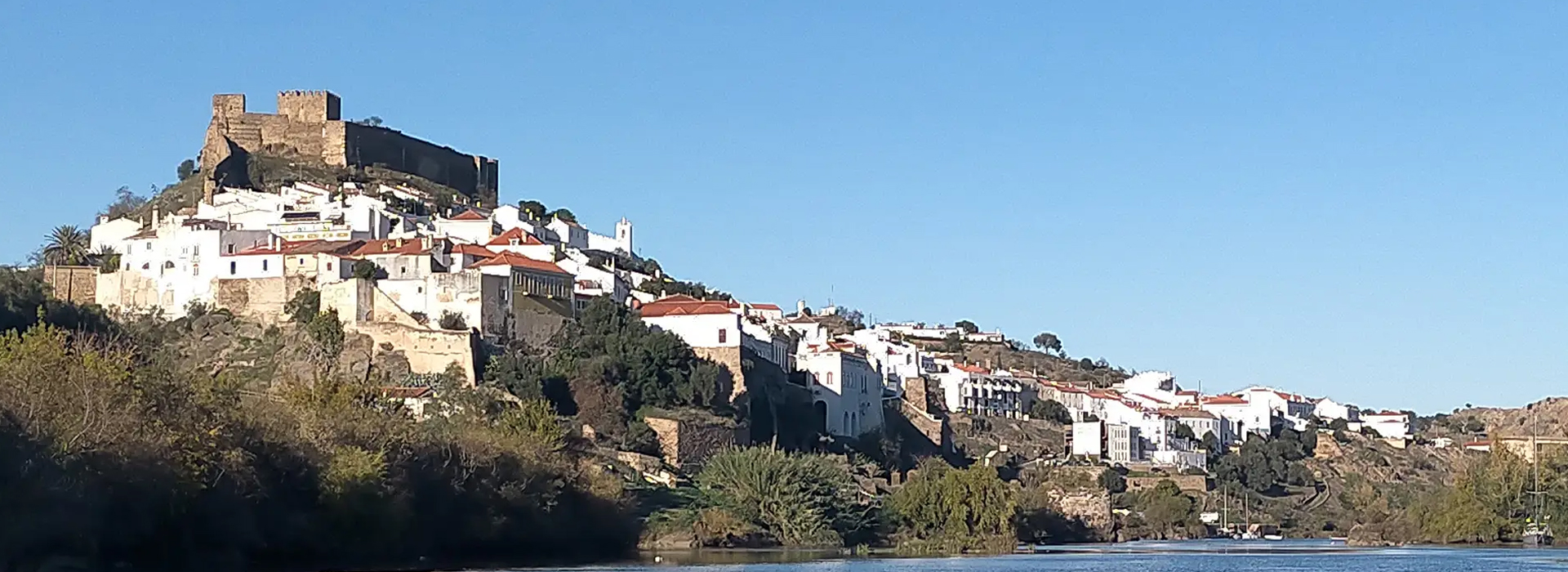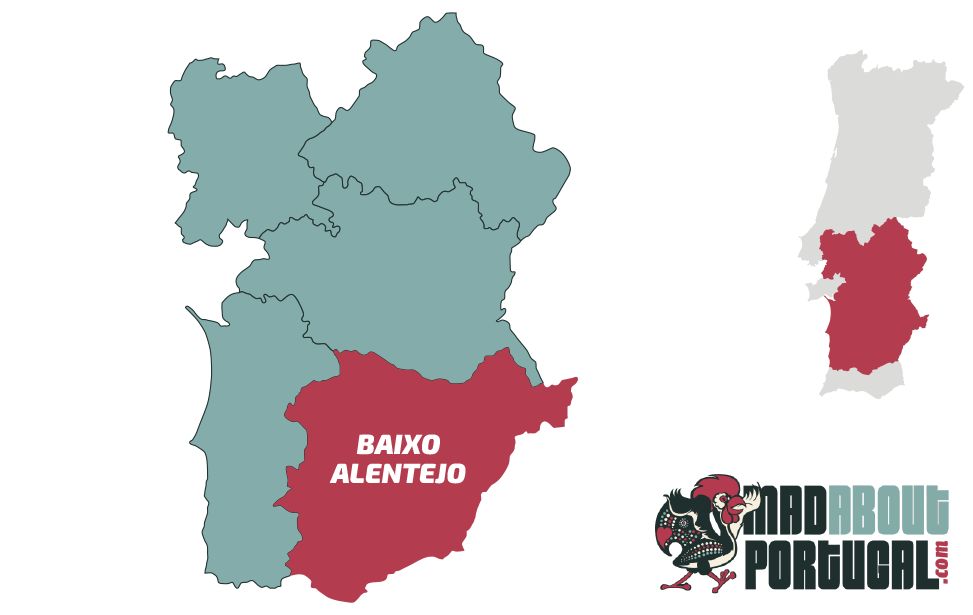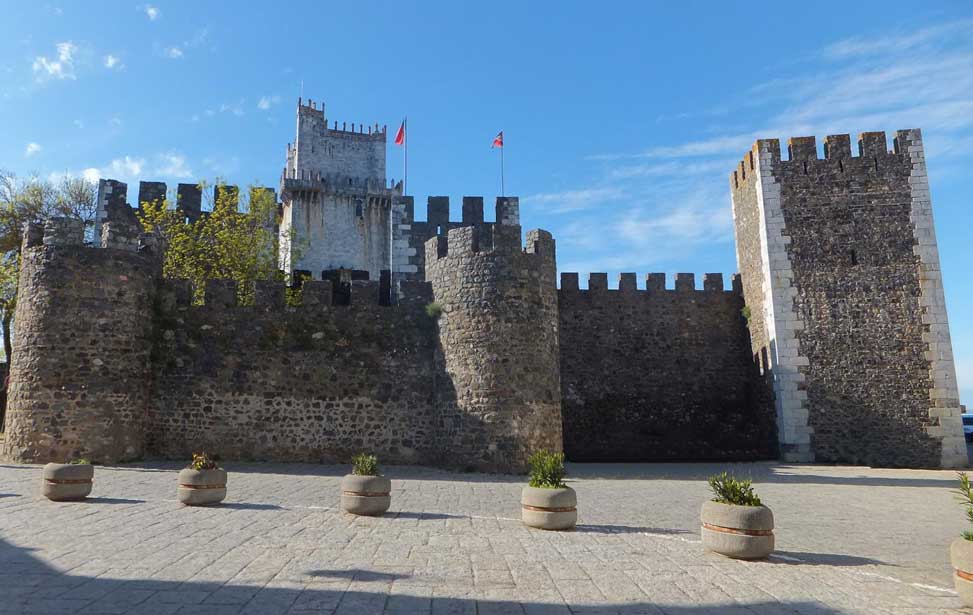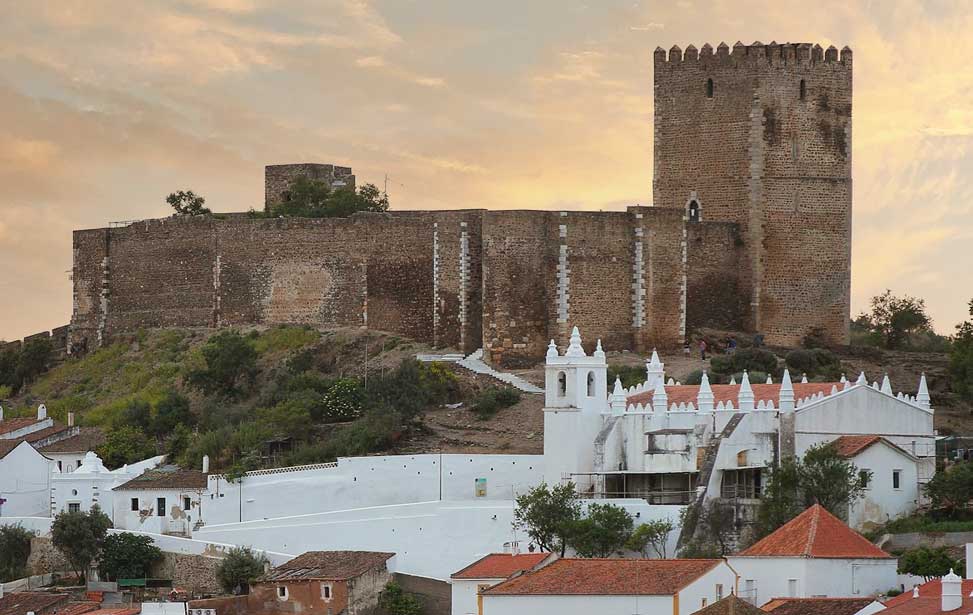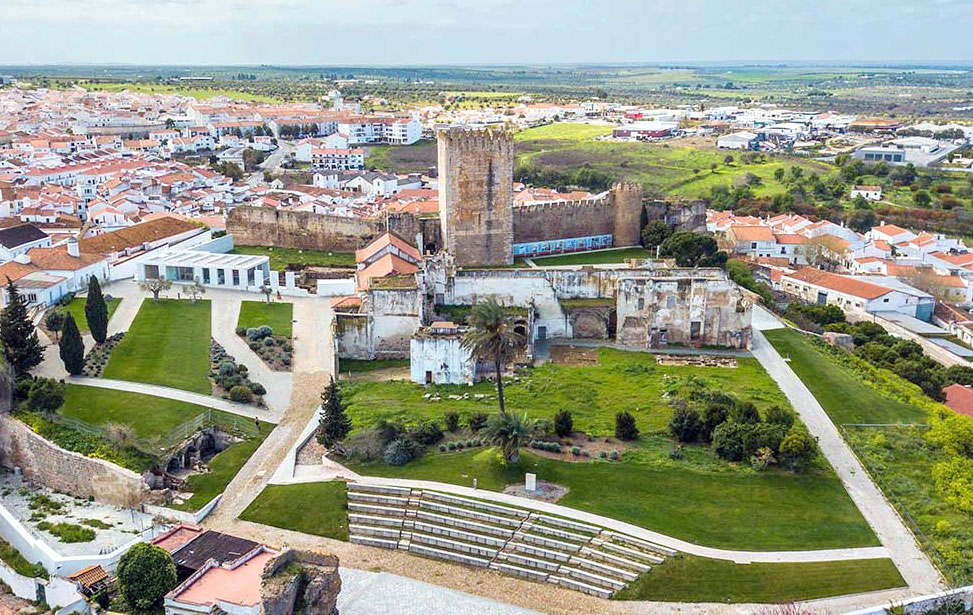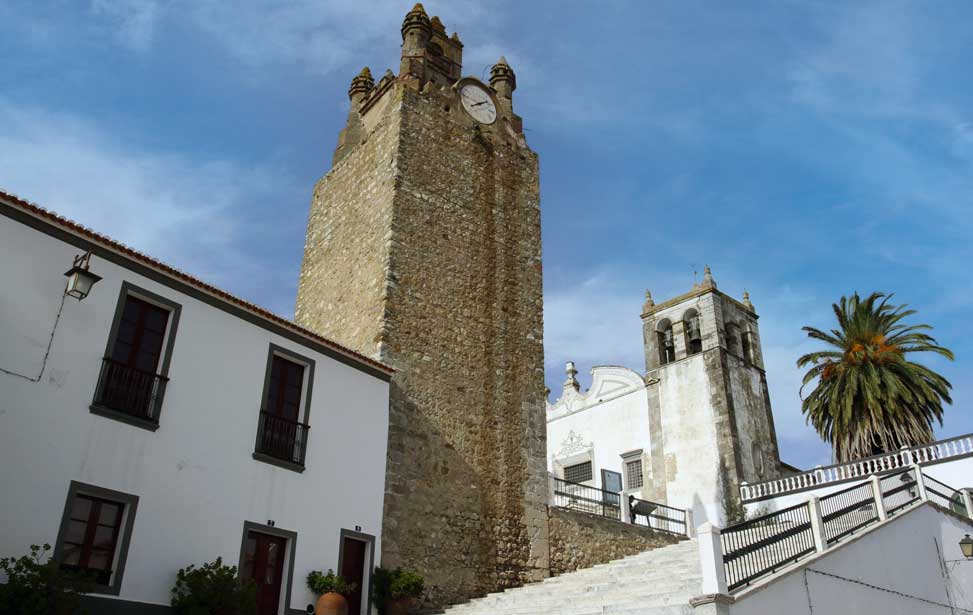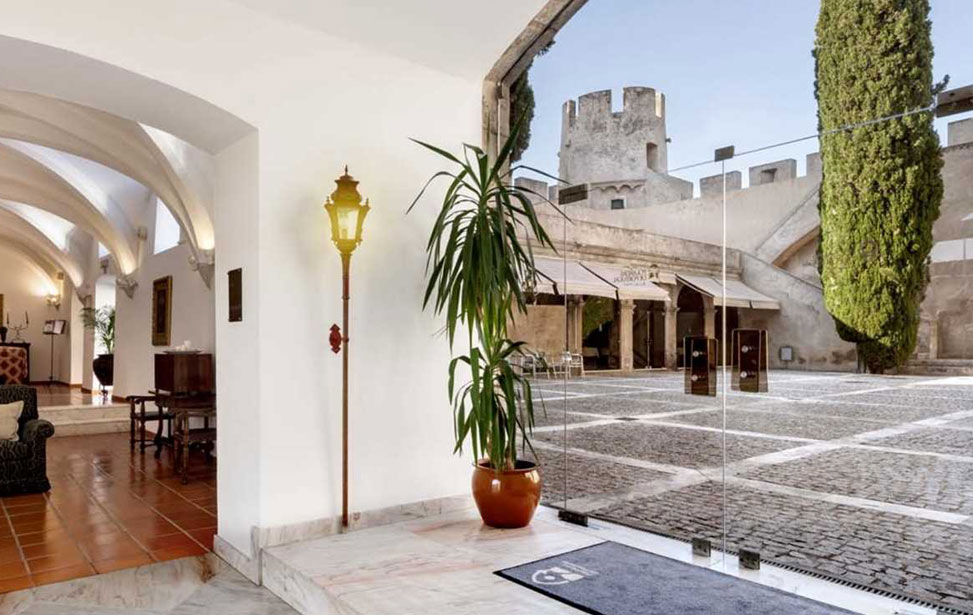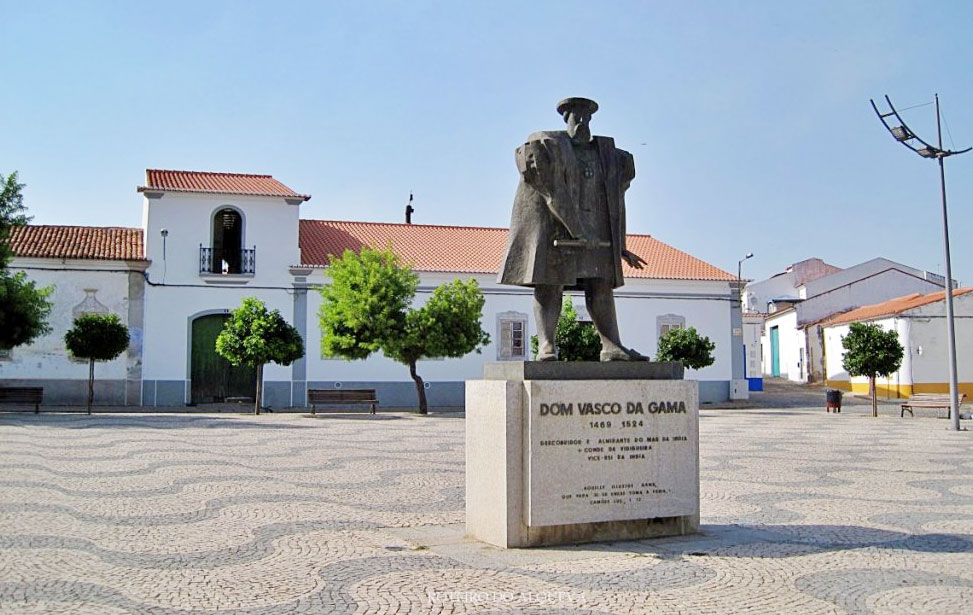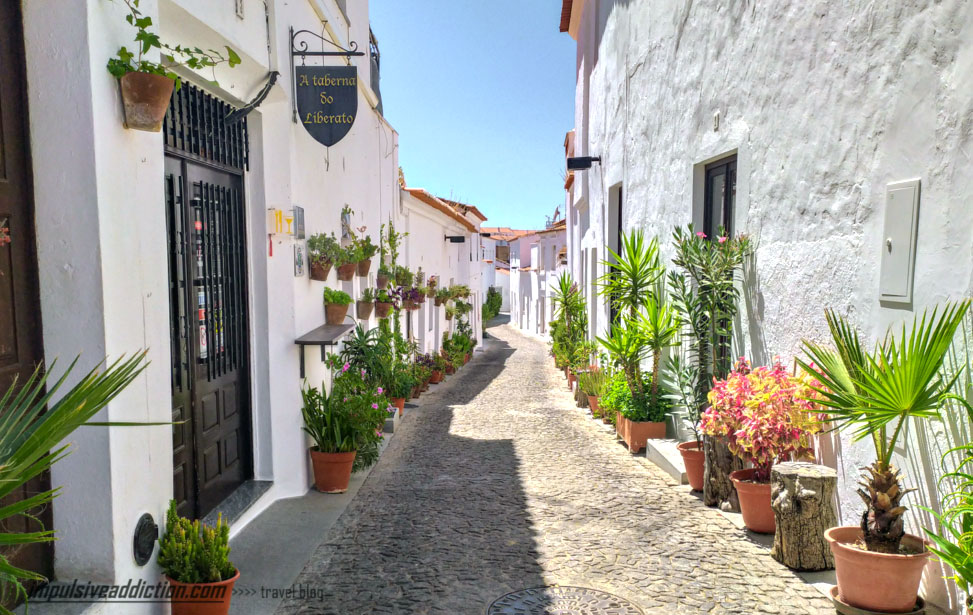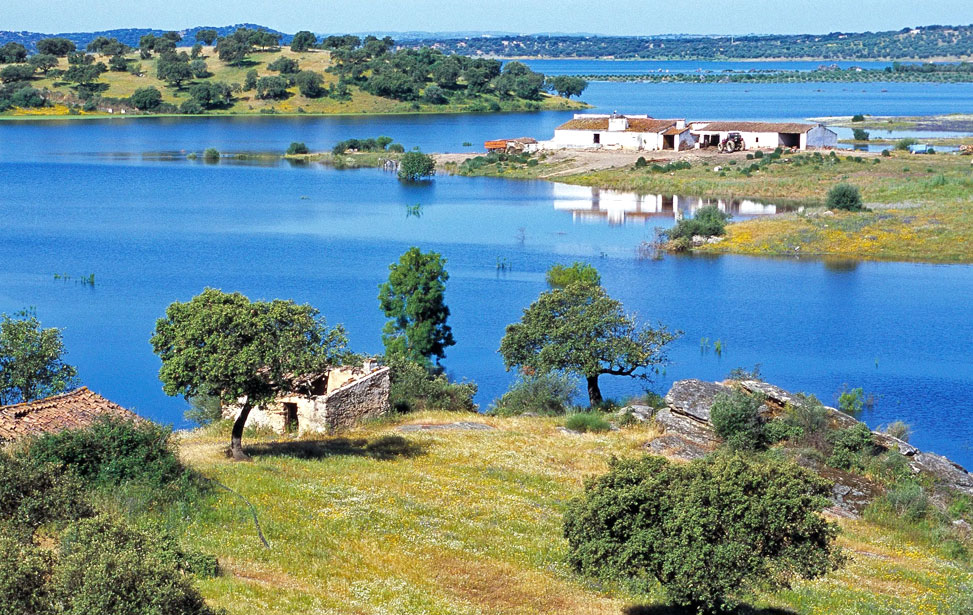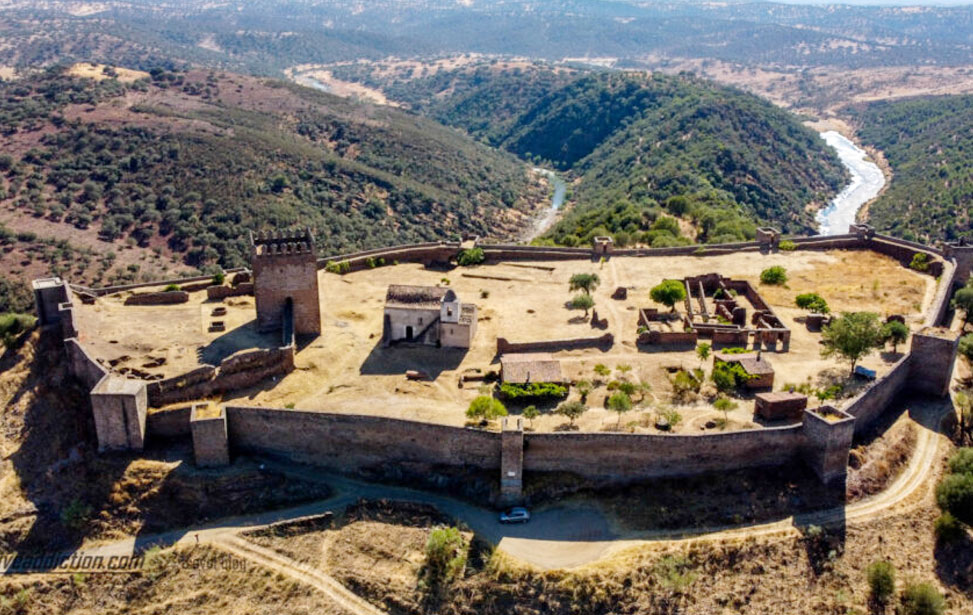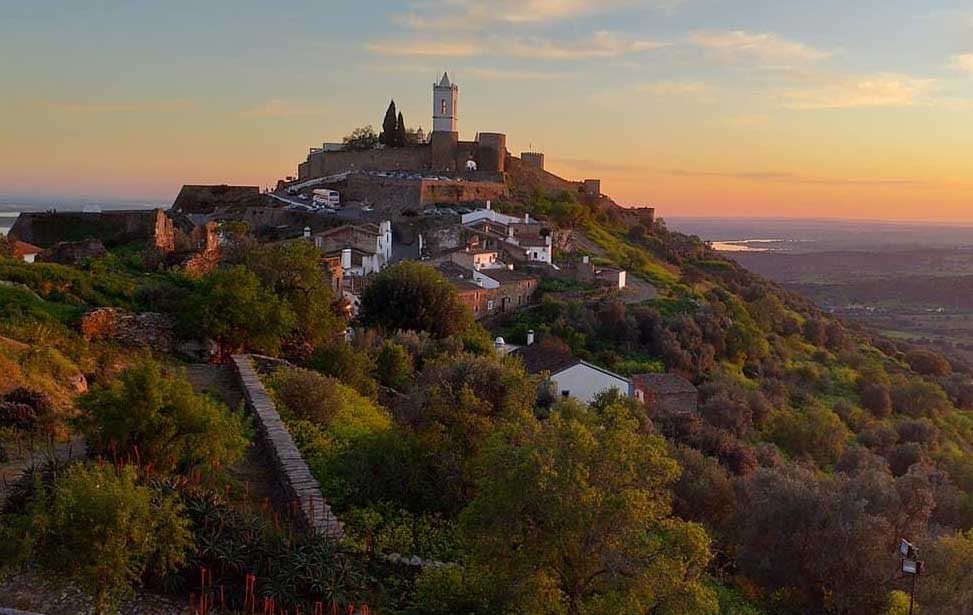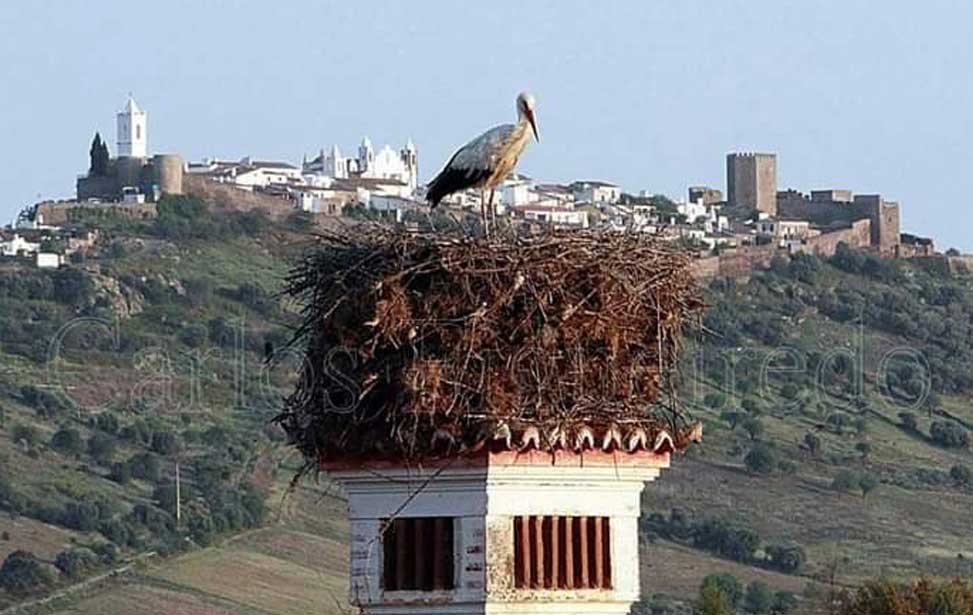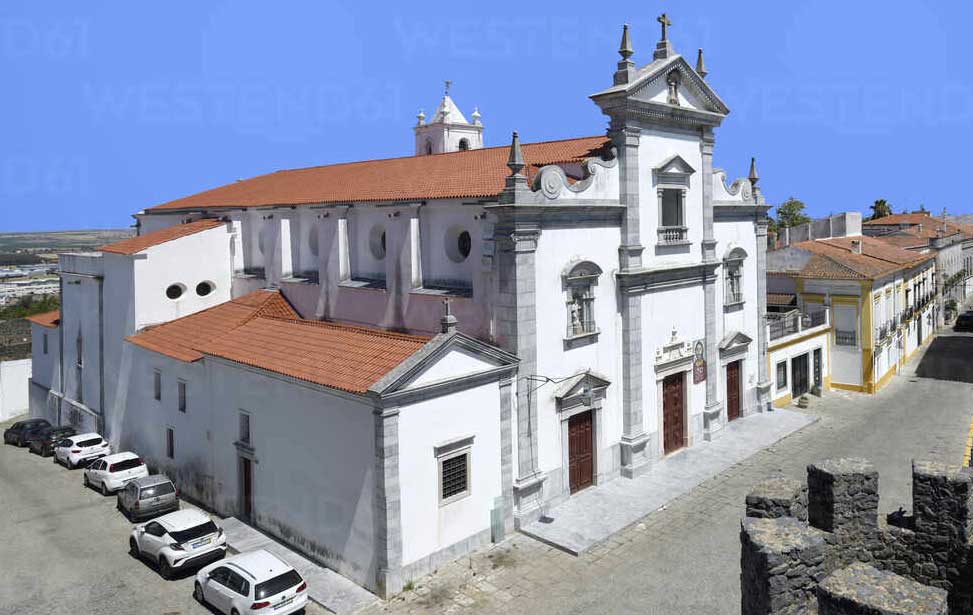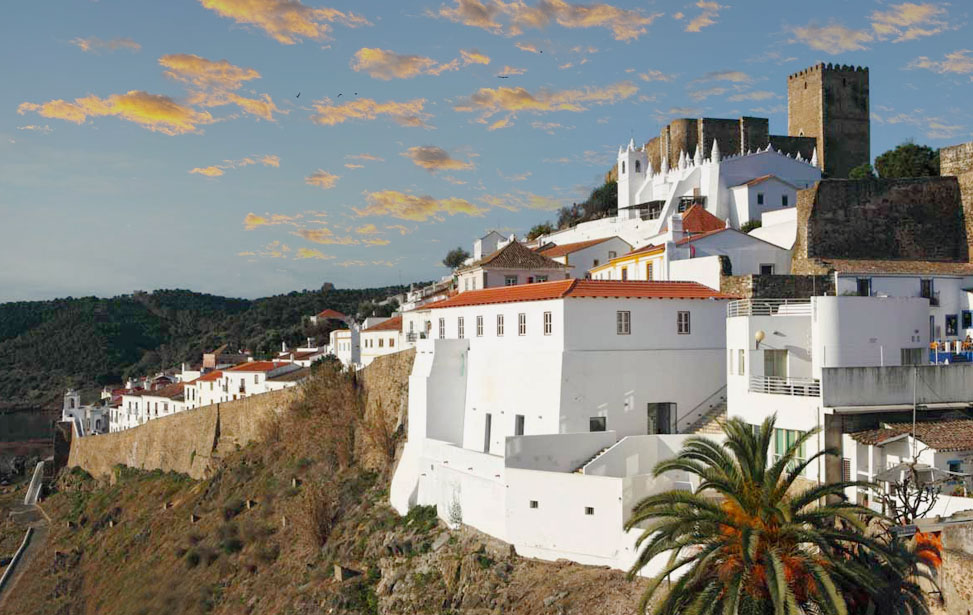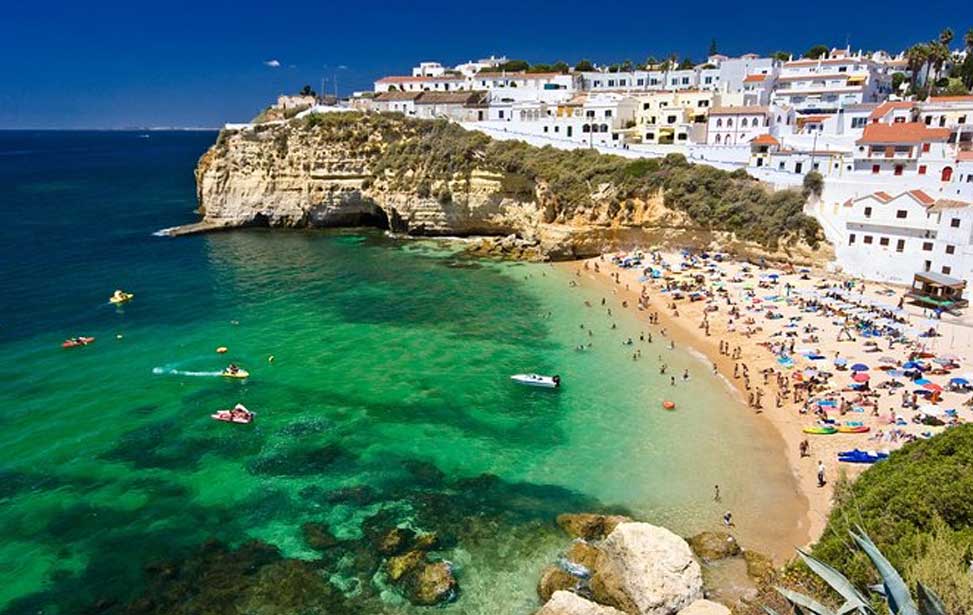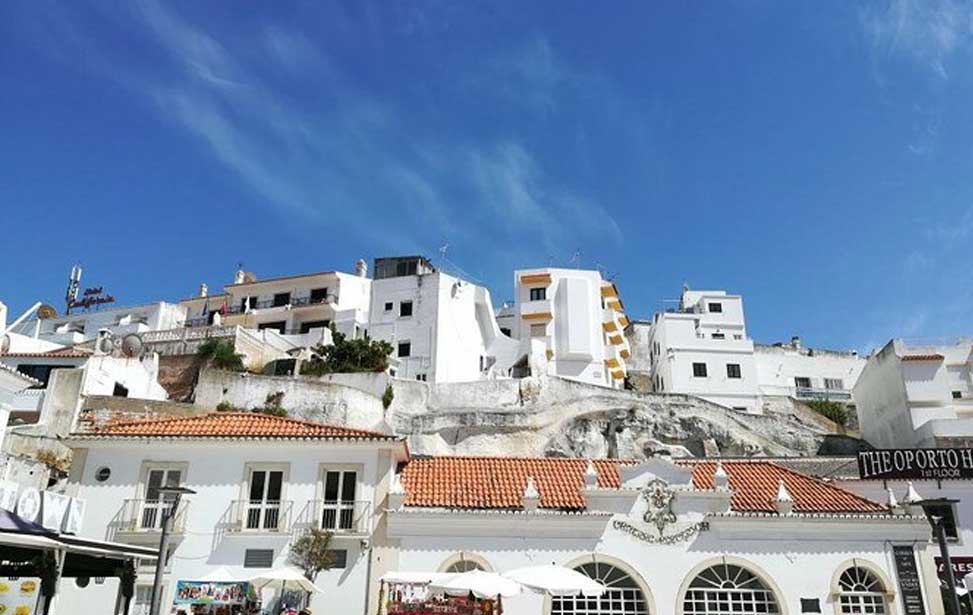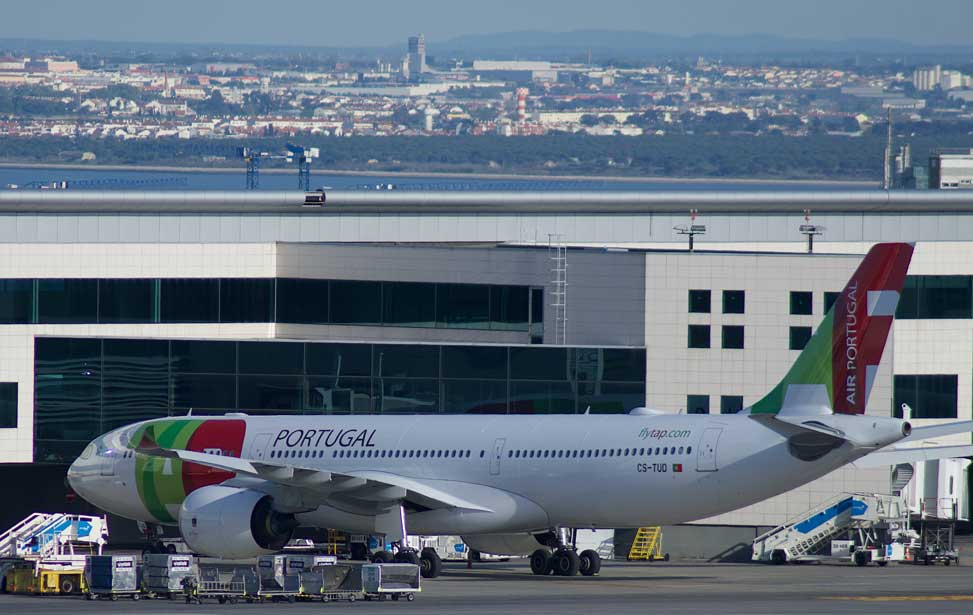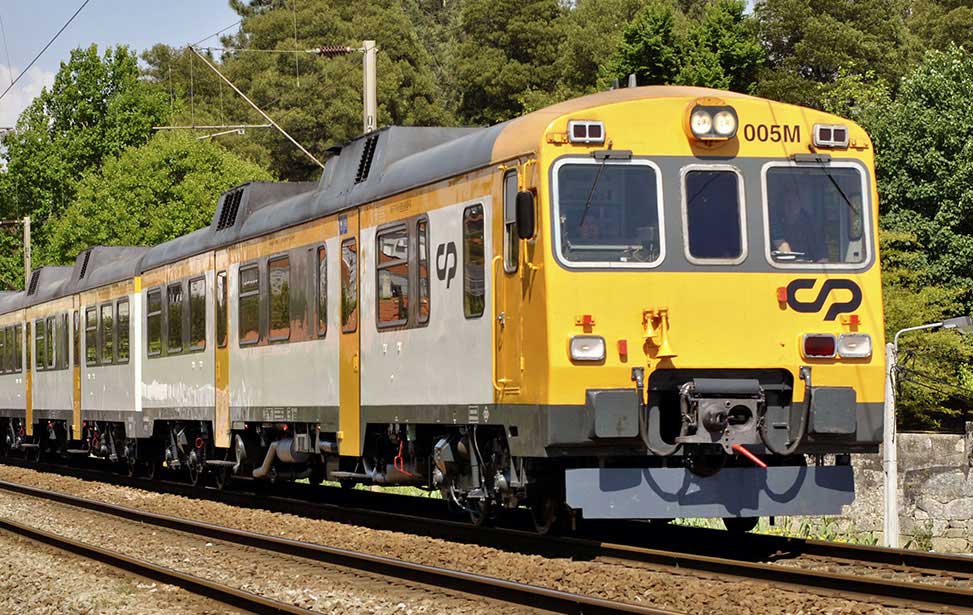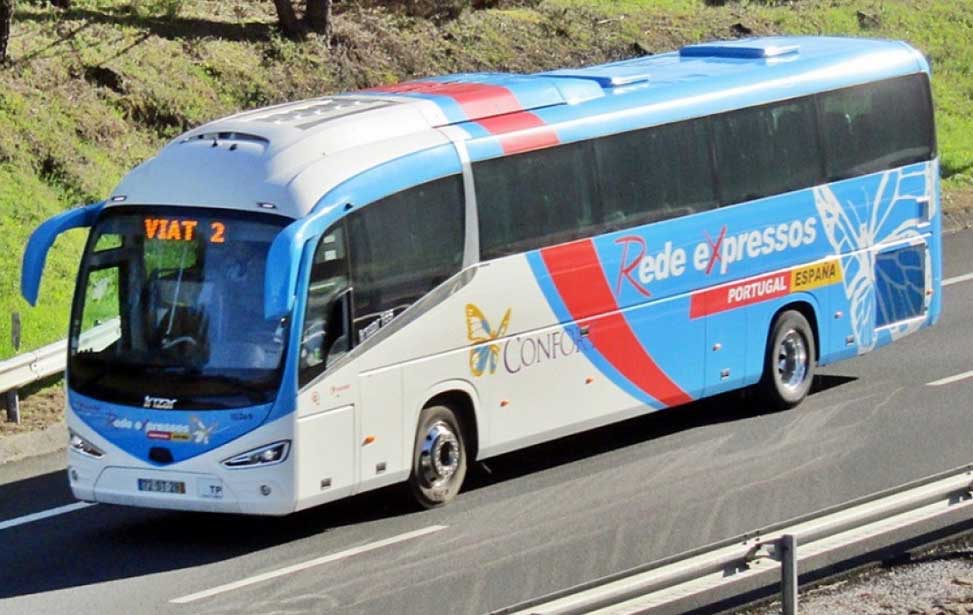TRAVELLING TO AND AROUND THE BAIXO ALENTEJO
|
There are three realistic airport options when travelling to the Alentejo. Lisbon, with good public transport links, Faro in the Algarve and Badajoz in Spain, with connections with major Spanish airports. Sadly the airport in Beja has still yet to attract commercial airlines. There are three realistic airport options when travelling to the Alentejo. Lisbon, with good public transport links, Faro in the Algarve and Badajoz in Spain. Sadly the airport in Beja has still yet to attract commercial airlines.
GET A GREAT DEAL ON FLIGHTS:

|
| |
Since joining the EU Portugal has seen a vast improvement in its road network with the addition of a fine motorway network which speedily takes you from the major cities to the area you want to visit. In 2015, the country's road network was named as being the best in Europe and the second best in the world. For the more adventurous drivers, there is plenty of more rural windy yet very scenic roads available.
GET A GREAT DEAL ON CAR HIRE:
|
|
Linha da Beira Baixa (comboios regionais): Regular trains to Belver, following the course of the river Tejo before turning north into the Baira Baixa. Train Timetable.
Linha do Leste (comboios regionais): Irregular trains to Badajoz into the Alto Alentejo with connecting services to Lisbon,The train stops at Ponte de Sôr, Crato, Portalegre and Elvas.
Train Timetable.
Linha do Alentejo (comboios regionais): Regular trains to from Lisbon into the heart of the Alentejo, stopping at Évora and Beja. Train Timetable.
Comboios de Portugal Website
|
|
• Rede Expressos run nationwide coach services within Portugal.
Website
• Rodoviária do Alentejo run coach services all over the Alentejo and beyond, linking the region to major cities within Central and Southern Portugal, including coaches to Évora, Beja, Portalegre and Estremoz: Website
|





